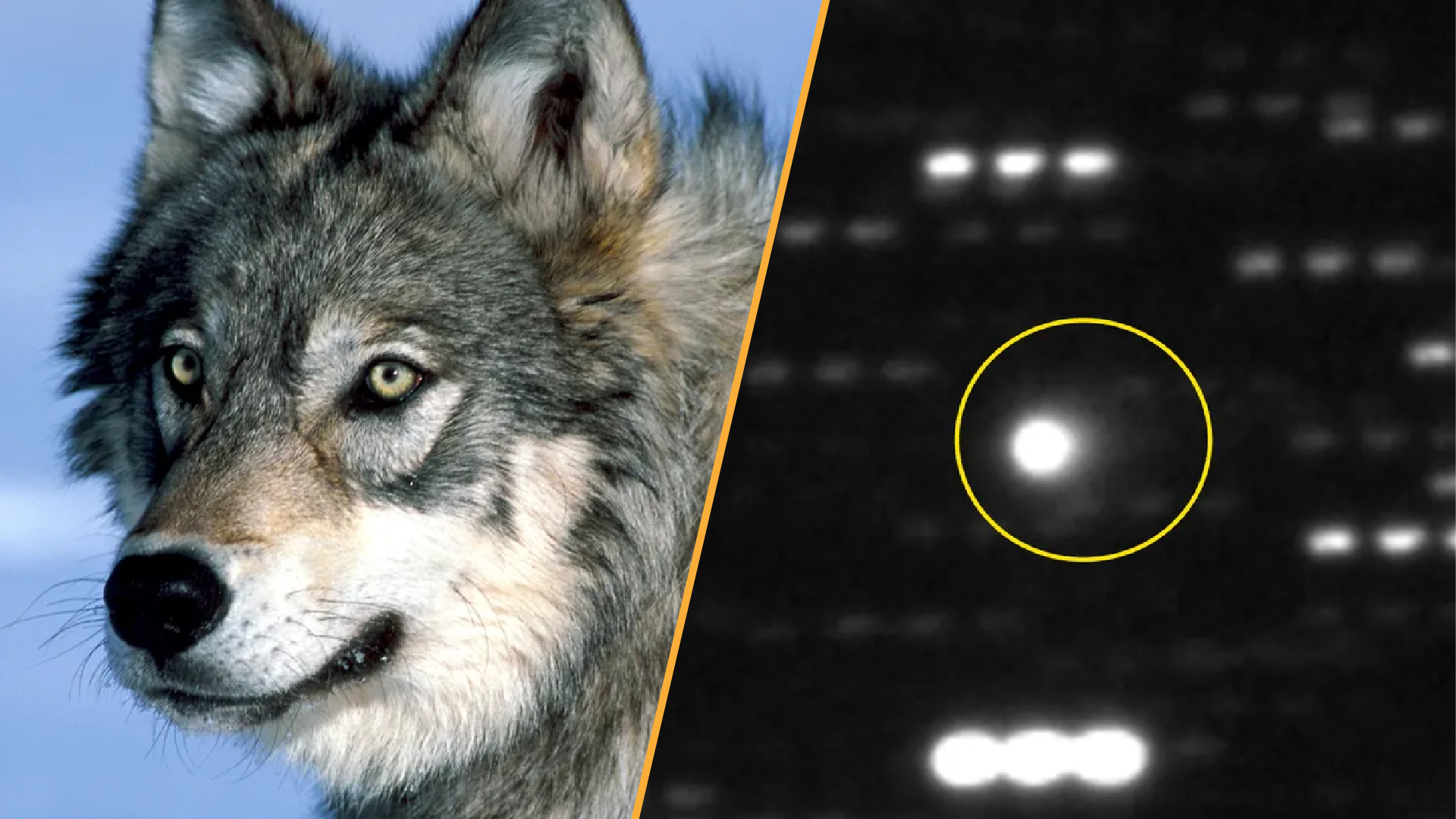In this week’s science news, we learned that the interstellar object hurtling through our solar system is the largest of its kind ever seen, while experts pushed back on a suggestion that 3I/ATLAS could be alien technology.
3I/ATLAS is an extremely rare comet from outside our solar system. A new controversial paper, which has not been peer reviewed, explored the idea that 3I/ATLAS could be a piece of “possibly hostile” extraterrestrial technology in disguise. However, experts told Live Science the claims were “nonsense” and “insulting.”
Meanwhile, in more Earthly matters, it’s Shark Week. Discovery has been dishing out a week-long smorgasbord of shark-related programming every year since 1988. This time, the entertainment included a show about an unusual “black mako” hooked off the California coast, while Live Science dove into the mystery of why sharks freeze when flipped upside down.
Wolves give trees a boost
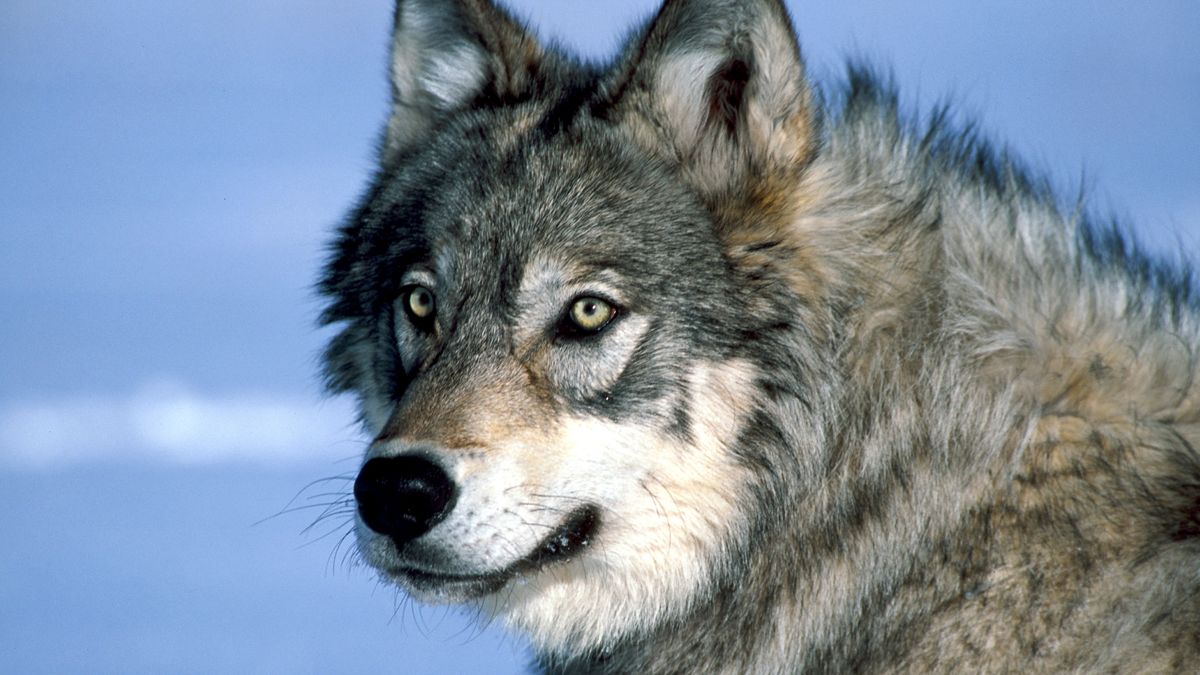
Young aspen trees are thriving in Yellowstone National Park’s northern range for the first time in 80 years — and it’s all thanks to wolves.
Gray wolves were reintroduced to Yellowstone in 1995 after disappearing from the area by 1930. Since then, these top predators have helped keep elk populations under control, which in turn has stopped the elk from eating up all of the leaves, twigs and bark of trees like quaking aspen.
Discover more animal news
—Ancient whale ‘graveyard’ discovered under melting Russian glacier
—T. rex relatives ‘moonwalked’ to attract mates, newfound dinosaur ‘mating arena’ suggests
Life’s little mysteries
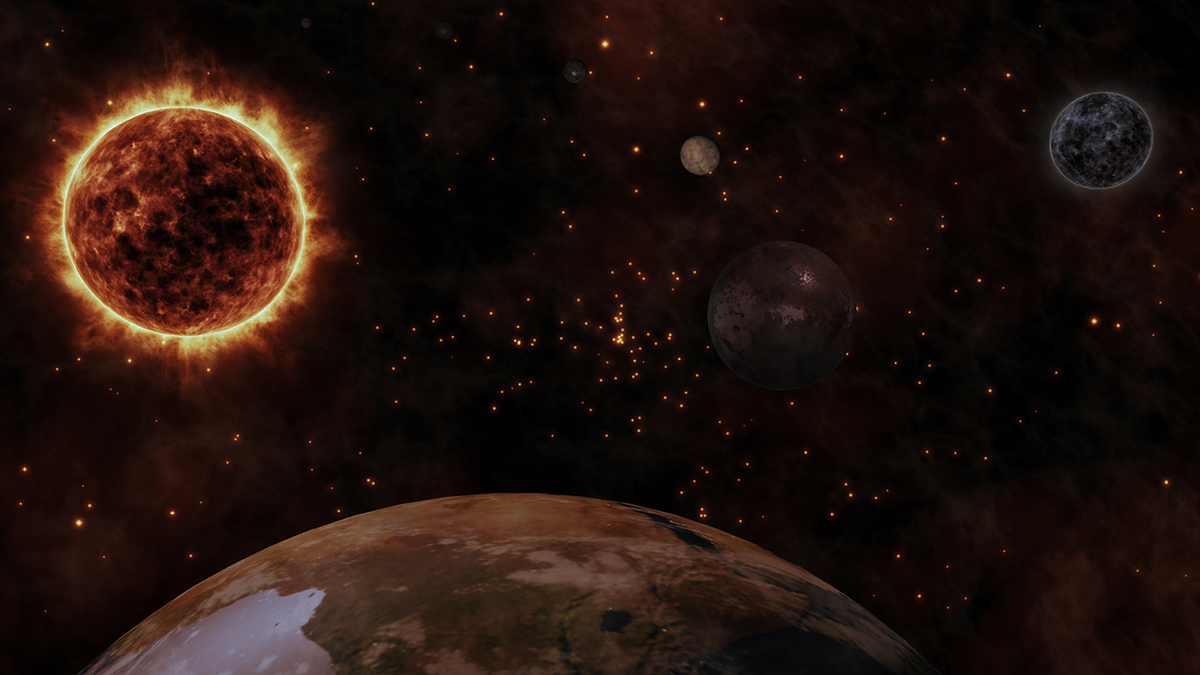
Our solar system has been around for a very long time — 4.6 billion years. However, the sun powering our little corner of the universe won’t stay lit forever, and as it reaches the end of its life cycle, everything will change. So, how much time has our solar system got left?
—If you enjoyed this, sign up for our Life’s Little Mysteries newsletter
Robot changes its own battery
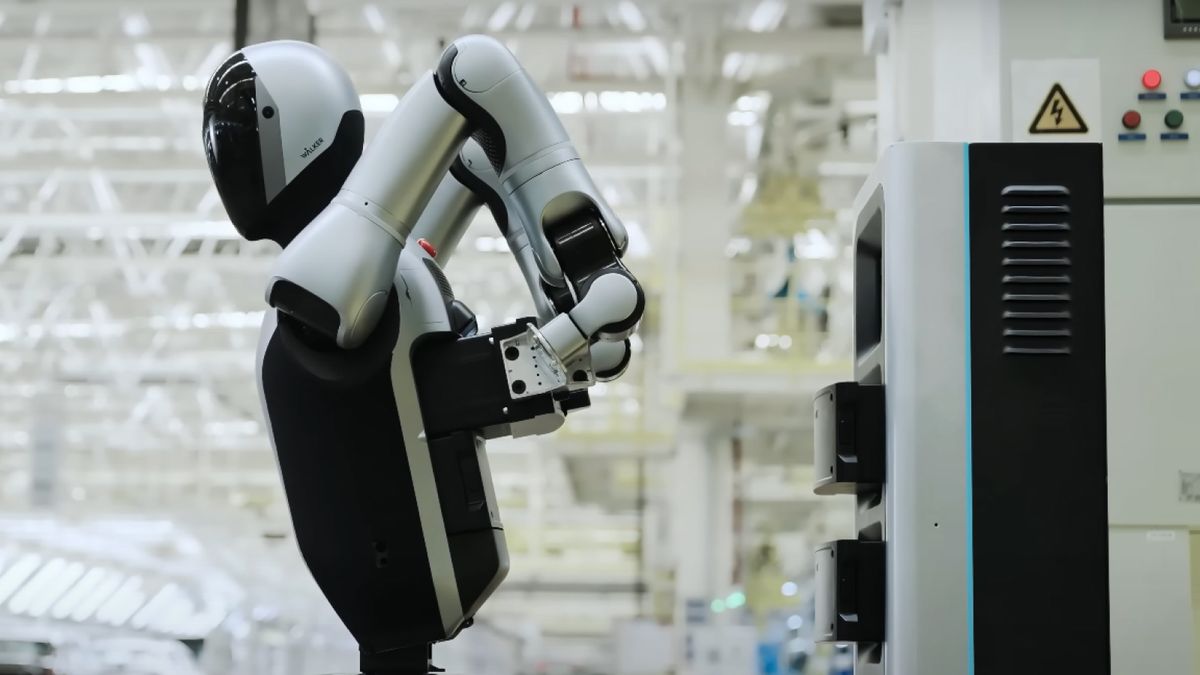
A new humanoid robot can change its own battery, which means it never needs to power down and can keep working 24 hours a day, seven days a week.
The Walker S2 robot, created by the Chinese company UBTECH, is around the size and weight of a small adult human and is designed to work in factories and other workplace settings.
The robot can walk for two hours or stand for four hours before it runs out of juice. However, the robot’s batteries only take 90 minutes to charge, so with access to two batteries and a charging station, Walker S2 can keep itself going indefinitely.
Discover more technology news
—Students build new ‘hybrid drone’ — watch it fly in the air and then seamlessly dive underwater
Also in science news this week
—78,000-year-old footprints from Neanderthal man, child and toddler discovered on beach in Portugal
—Kabul could become the first modern capital to run out of water — here’s why
—Astronomers discover new dwarf planet ‘Ammonite’ — and it could upend the existence of Planet Nine
Beyond the headlines

Climate scientists recently warned that we’re on course to pass the critical climate change threshold of 1.5 degrees Celsius (2.7 degrees Fahrenheit) of warming within three years. The question is, can we reverse course?
The 1.5 C threshold is important when it comes to measuring humanity’s efforts — and often failure — to address climate change. In 2015, world leaders signed the Paris Agreement, an international treaty that promised to limit global warming to preferably below 1.5 C and well below 2 C (3.6 F).
The good news is that passing 1.5 C doesn’t mean instant climate doom for all of humanity. However, it’s a big step in the wrong direction, and curbing emissions now is easier than attempting to reverse warming later on.
Something for the weekend
If you’re looking for something a little longer to read over the weekend, here are some of the best long reads, book excerpts and interviews published this week.
—Live Science crossword puzzle #2: Pigment in plants where photosynthesis occurs — 13 across [Crossword]
—A peatland in the Amazon stopped absorbing carbon. What does it mean? [Query]
And something for the skywatchers:
—Moon, Mars, and meteors: Why July 28 is the best night for skywatching all summer
Science in pictures
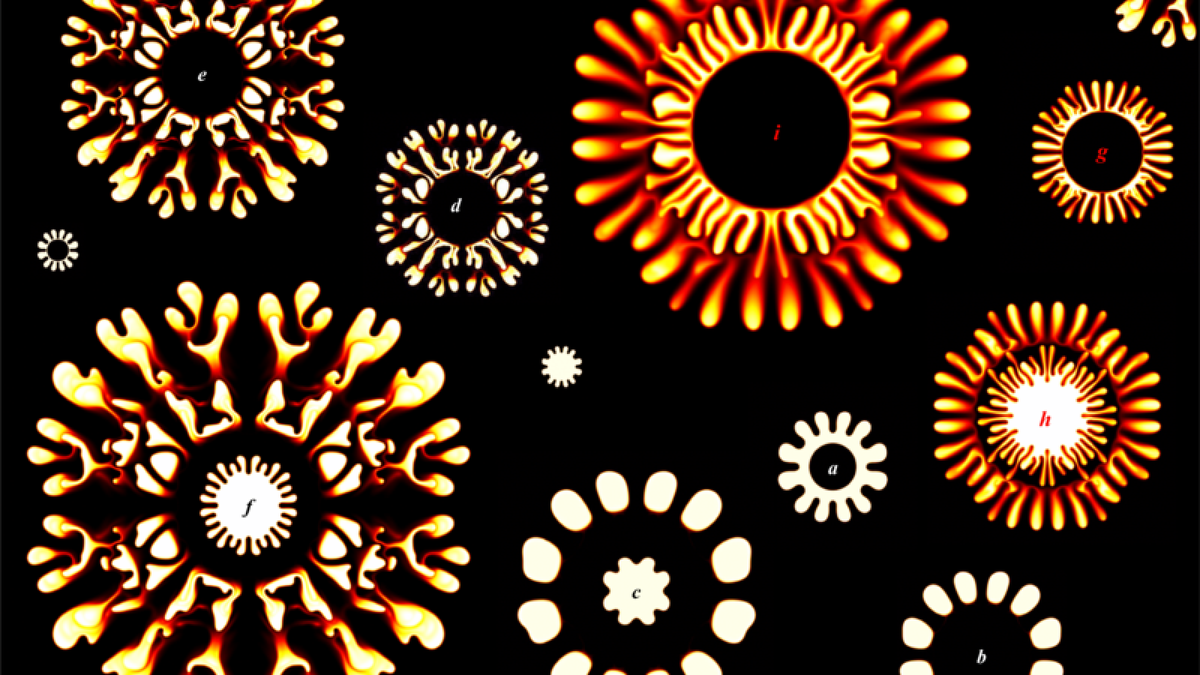
Researchers have created a trippy liquid “firework” display by running computer simulations of what happens if you mix two fluids that don’t want to mix.
The paints in these virtual works of art are immiscible fluids, or fluids that naturally separate from each other, such as oil and water. The computer simulations show that if you inject one into another, you can get a firework-like pattern.
The researchers weren’t just trying to make pretty patterns. Studying fluid interactions boosts our understanding of carbon storage systems, which play a role in tackling climate change.
Want more science news? Follow our Live Science WhatsApp Channel for the latest discoveries as they happen. It’s the best way to get our expert reporting on the go, but if you don’t use WhatsApp, we’re also on Facebook, X (formerly Twitter), Flipboard, Instagram, TikTok, Bluesky and LinkedIn.

